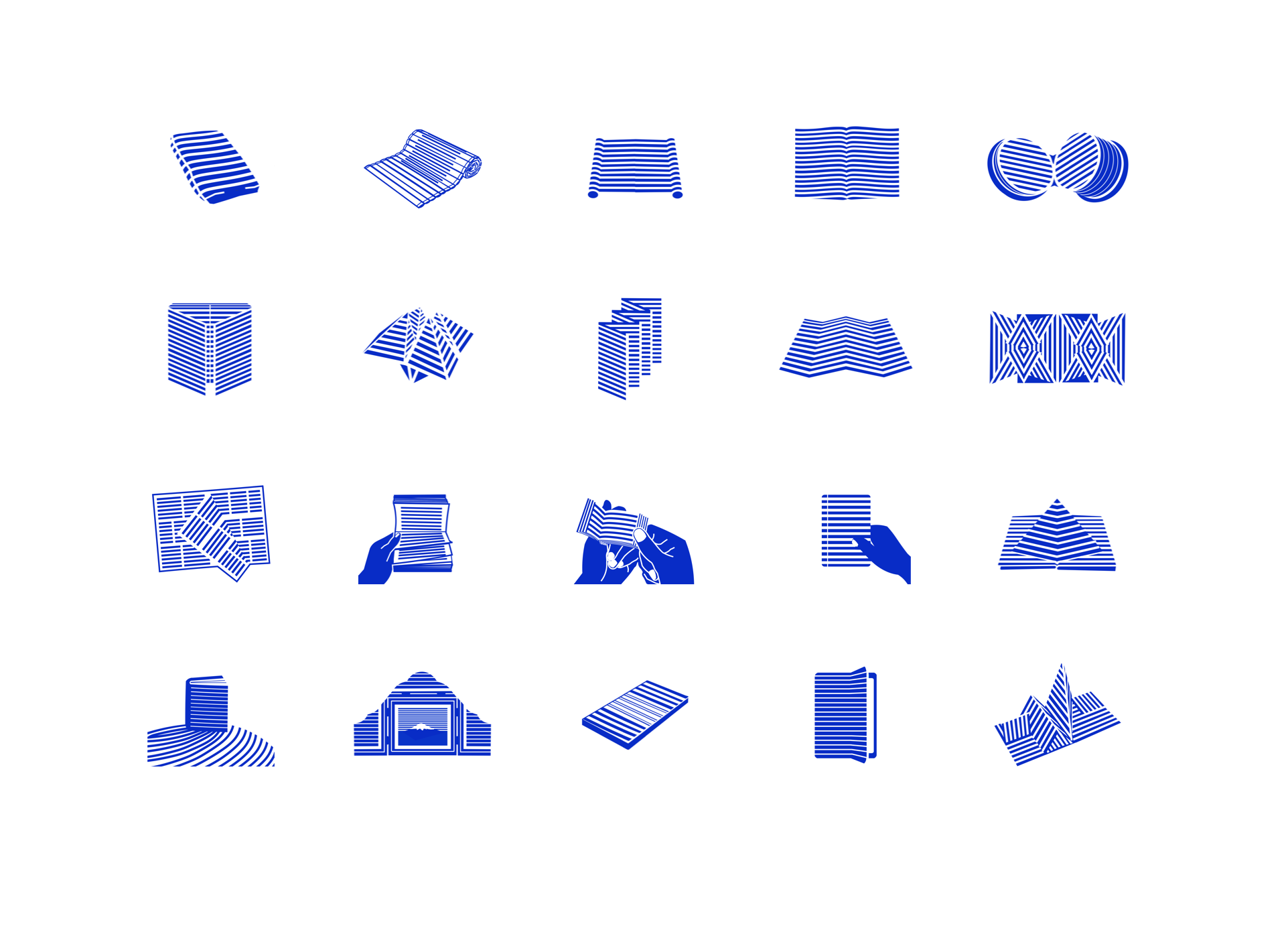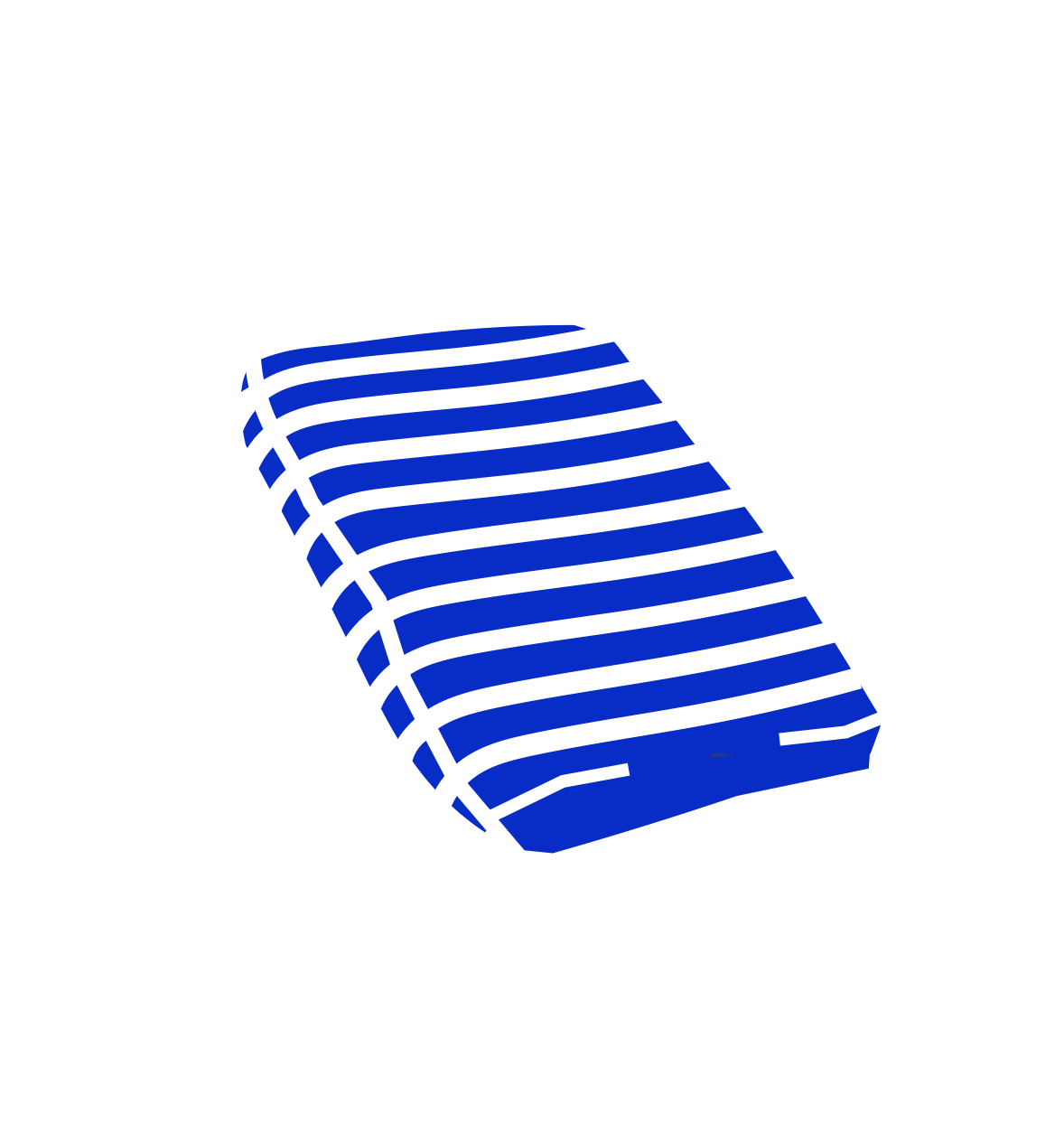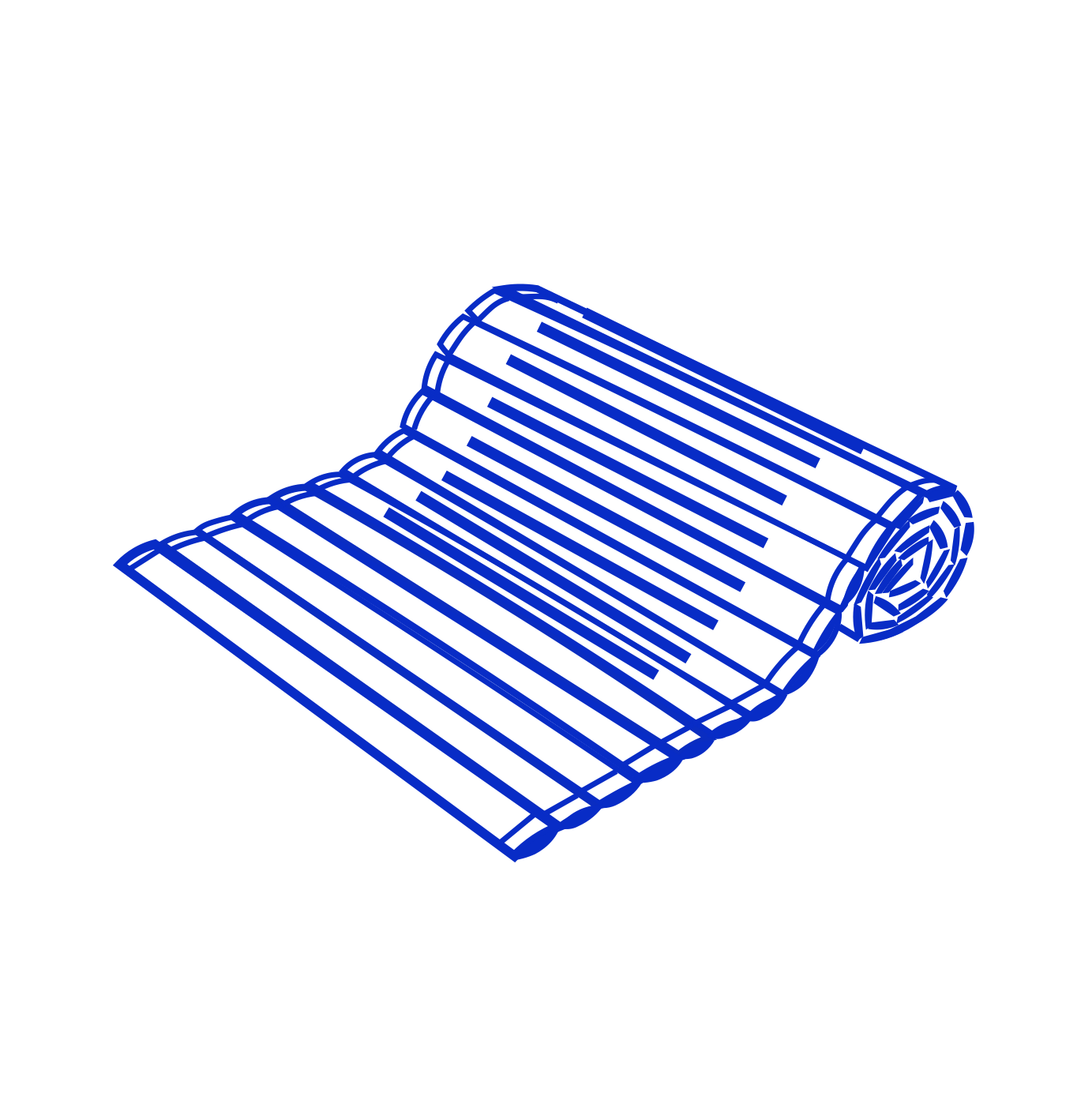What started as a list snowballed into this; a series of twenty images that illustrate established book forms. Not that this is exhaustive. There are no audio books listed. Nor does it include the grisly practice of anthropodermic bibliopegy - the act of binding books with human skin. Shudder. It does, however, include the clay tablet, the bamboo roll, the scroll, the codex, the codex rotundus, French doors, the fortune teller, the concertina, the map fold, the Turkish map fold, loose leaf, dwarsligger, the flip book, the hand book, the pop-up book, the miniature book, kamishibai, the paperback, the ebook, and the artist’s book. Good reading.
In the Ancient Near East, clay tablets were used as a writing medium from the Bronze Age to the Iron Age. Cuneiform characters were drawn on a wet clay tablet with a stylus made of reed, and then left to bake in the sun. Collections of clay documents made up the first archives, the root of the first libraries.
↑ Clay tablet
Long before the widespread introduction of paper in China, bamboo canes were split and strung together to form the main media for writing documents. Bamboo books utilised an abundant natural resource to produce portable writing surfaces.
↑ Bamboo book
The Codex Rotundus (late 1500s) is a unique example of medieval book culture given its distinctive circular shape. Written in Latin and French, this manuscript is 266 pages long and measures about 9cm in diameter.
↑ Codex Rotundus
A fortune teller (also called a cootie catcher, chatterbox, whirlybird, or paku-paku) is a form of origami used in children's games. By choosing from several options on its exterior panels, the player is led to a hidden outcome.
↑ Fortune teller
The Turkish Map Fold is a unique and sculptural book form made from a single piece of paper, with an optional cover. As you open the book, the piece of paper unfolds so you can see the entire sheet.
↑ Turkish map fold
Dwarsligger (meaning crossbeam in Dutch) is a book printed with text parallel to the spine of a conventional book. This binding method permits the book to remain open without restraint so it can be read with one hand.
↑ Dwarsligger
A flip book, flicker book, or kineograph is a booklet with a series of images that very gradually change from one page to the next, so that when the pages are viewed in quick succession, the images simulate motion.
↑ Flip book
Kamishibai (which translates as paper play) is a form of storytelling that was popular during the 1930s and 1940s in Japan. Kamishibai are performed by narrators who travelled with sets of illustrated boards that they placed in a miniature stage-like device and narrated the story by changing each image.
↑ Kamishibai
Based on the graphic artist Antonio Ladrillo’s book Colors (2020) this illustration of an artist’s book allows the reader to explore endless combinations of reading, in both two- and three- dimensions.
↑ An artist’s book





























